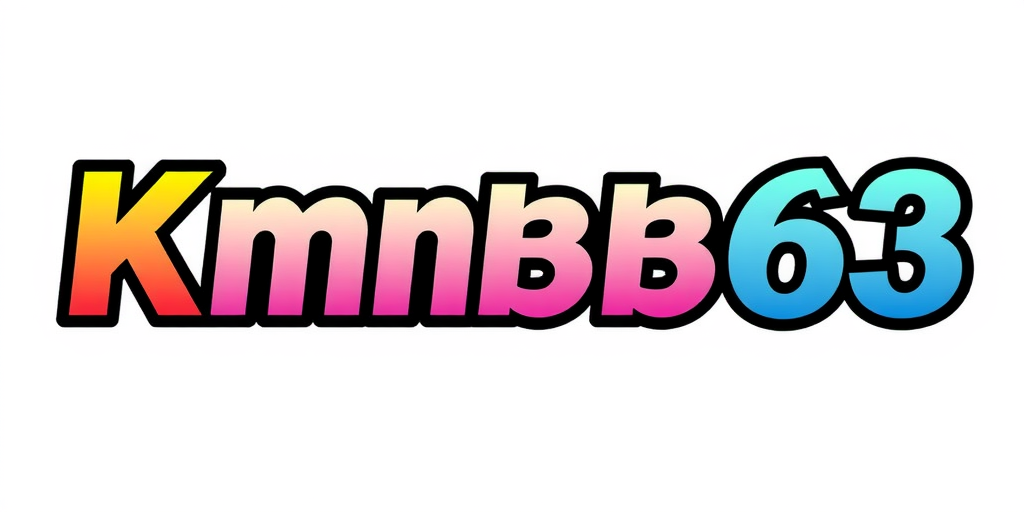



Mastering the Skill of Defining Limits in Internet-Based Casino Slot Playing
Recent Articles
Common Errors to Steer Clear of When Engaging in Dbltoto
Esports • April Powell • Sep 12Panduan Jitu untuk Meraup Jackpot Slot
Others • April Powell • Sep 12Today's Top Highlights
Discover the latest stories and insights from our community
 Others
Others
Teknik Pintar Mengelola Uang saat Bermain Judi di Kasino
 By April Powell
•
12 Sep 2025
By April Powell
•
12 Sep 2025
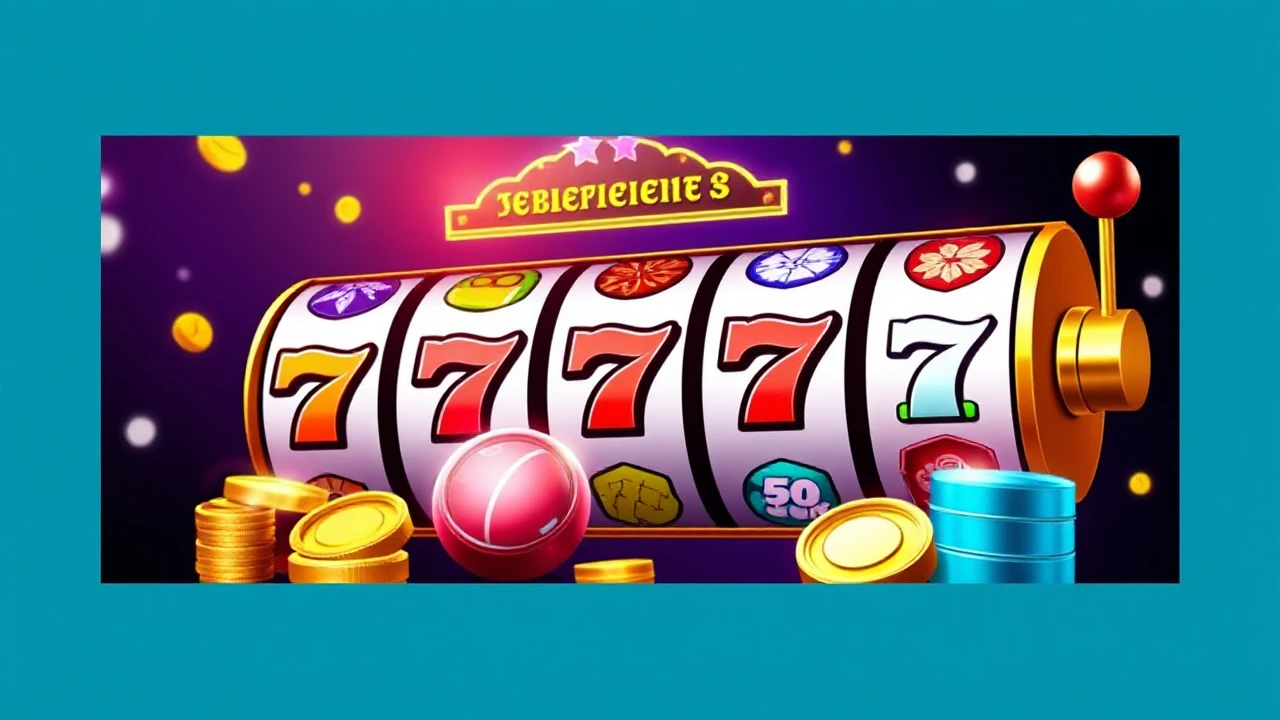 Others
Others
Decoding the Secrets of Online Casino Slot Game Design
 By April Powell
•
12 Sep 2025
By April Powell
•
12 Sep 2025
 Others
Others
The Top 10 Features That Improve Player Engagement in Online Slots
 By April Powell
•
12 Sep 2025
By April Powell
•
12 Sep 2025
 Others
Others
Top 10 Slot Strategies Which Can Enhance Your Wins
 By April Powell
•
12 Sep 2025
By April Powell
•
12 Sep 2025
 Others
Others
The Growth of Immersive Digital Casino Slot Experiences
 By April Powell
•
12 Sep 2025
By April Powell
•
12 Sep 2025
 Others
Others
Mastering to Winning at Online Gambling Slot Games: A Comprehensive Guide
 By April Powell
•
12 Sep 2025
By April Powell
•
12 Sep 2025
 Others
Others
Exploring the Science of Slot Game Return on Investment: Strategies for Maximizing Wins
 By April Powell
•
12 Sep 2025
By April Powell
•
12 Sep 2025
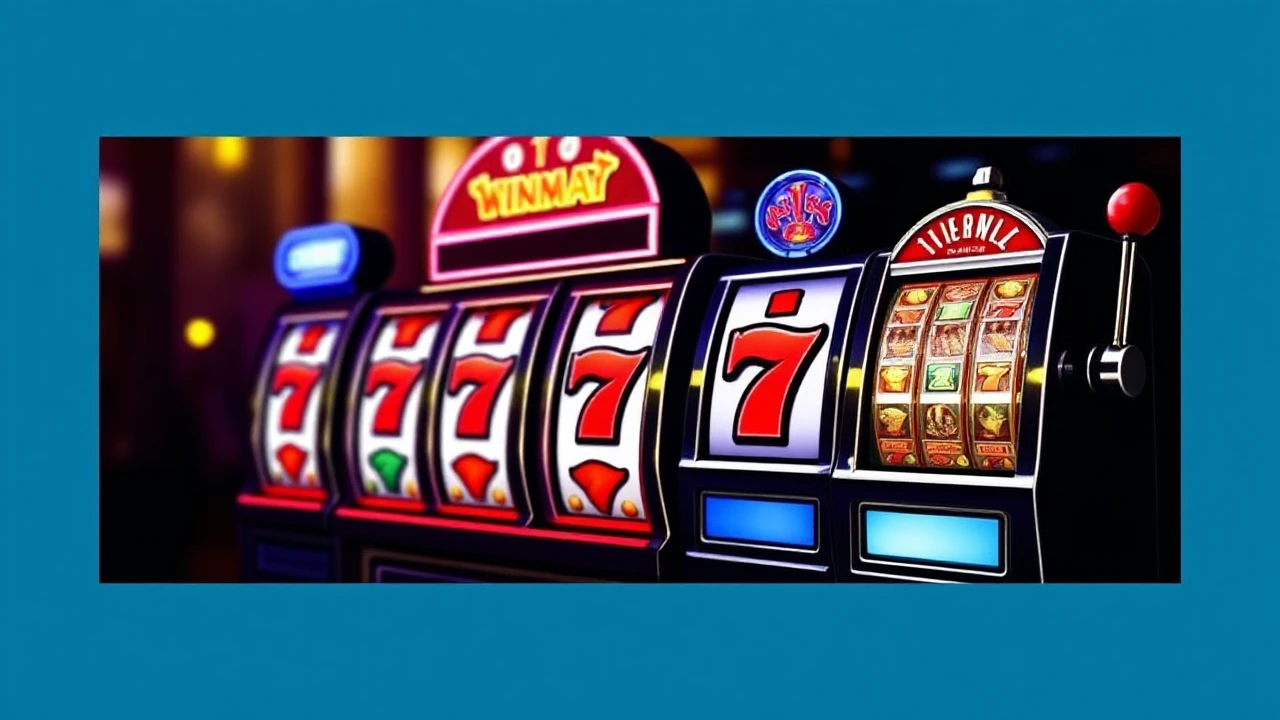 Others
Others
Unlocking the Art of Identifying and Taking Advantage of Slot Machine Patterns
 By April Powell
•
12 Sep 2025
By April Powell
•
12 Sep 2025
 Others
Others
Mastering the Art of Bonus Rounds in Casino Slot Games
 By April Powell
•
12 Sep 2025
By April Powell
•
12 Sep 2025
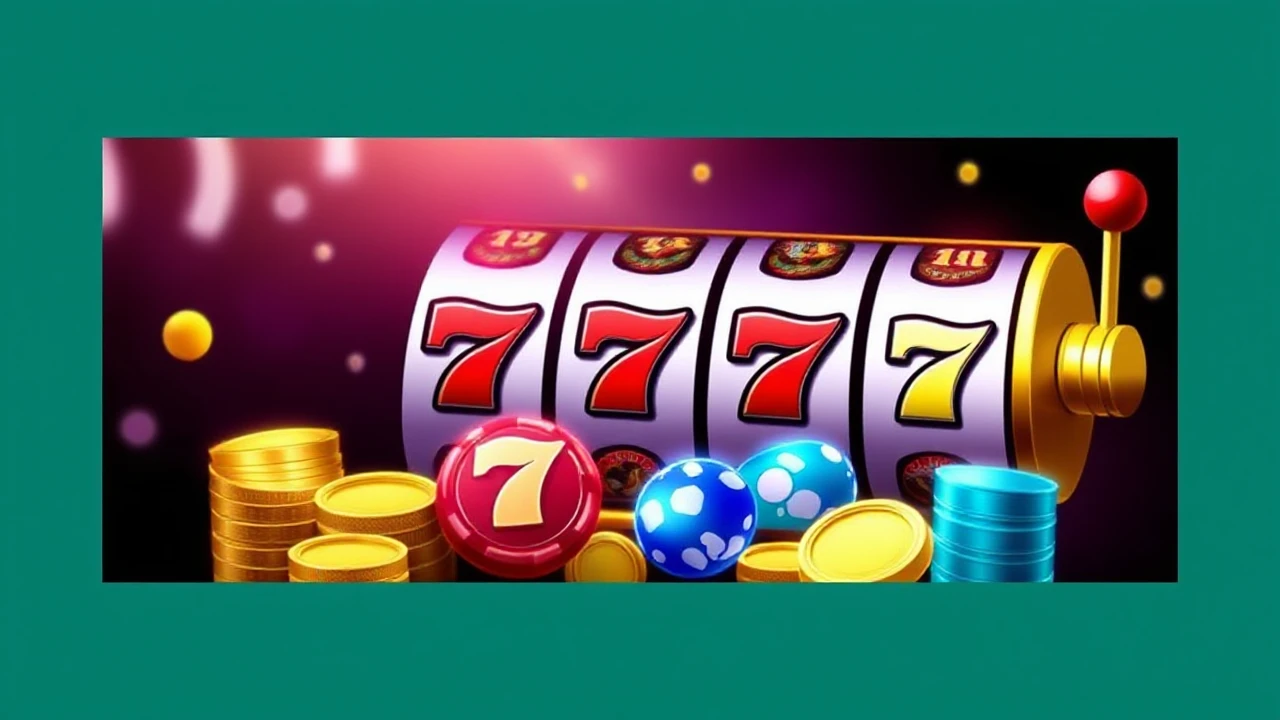 Others
Others
Mastering the Art of Bonus Rounds in Casino Slot Games
 By April Powell
•
12 Sep 2025
By April Powell
•
12 Sep 2025
 Others
Others
Mastering the Sports Betting World: Tips for Beginners to Experts
 By April Powell
•
11 Sep 2025
By April Powell
•
11 Sep 2025
 Others
Others
Exploring thế giới sòng bạc through the eyes of players
 By April Powell
•
11 Sep 2025
By April Powell
•
11 Sep 2025
Recent Posts
 Others
Others
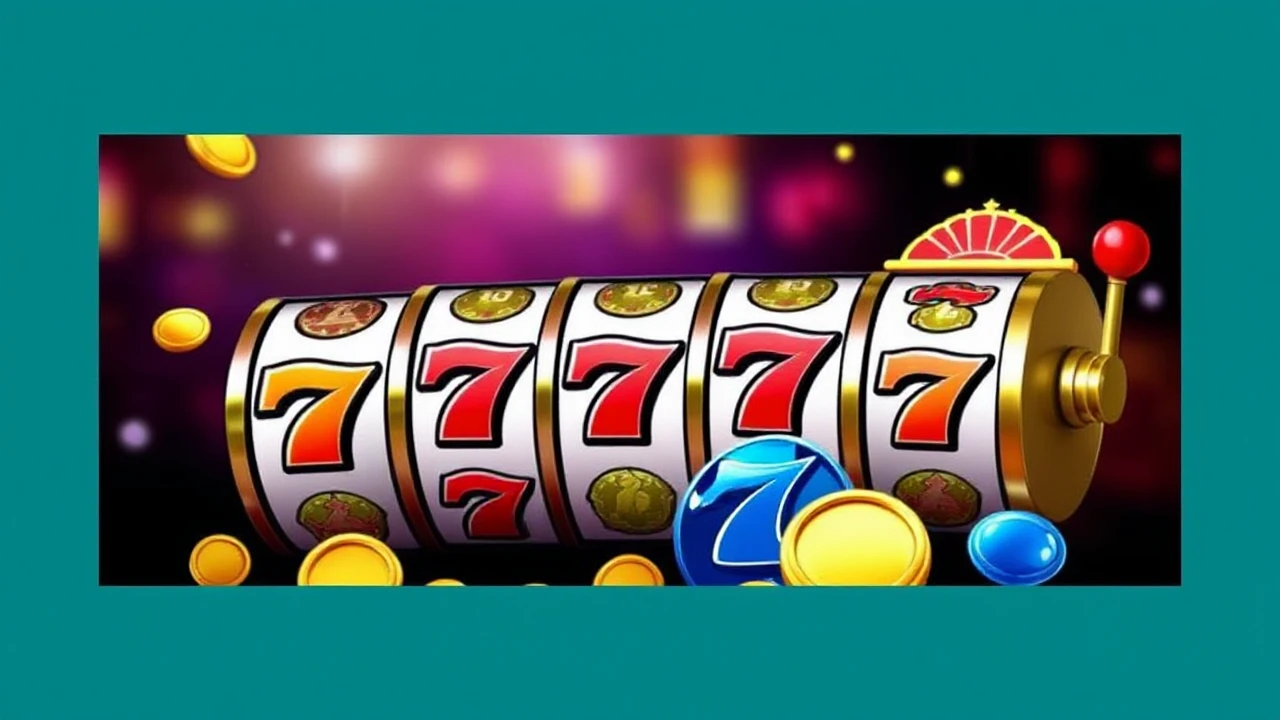 Others
Others
Tips Bermain Slot Agar Selalu Meraih Kemenangan
 Others
Others
 Others
Others
 Others
Others
 Others
Others
September 2025 Blog Roll
August 2025 Blog Roll
July 2025 Blog Roll
June 2025 Blog Roll
Sponsored News
 Others
Others
Kiat Menghindari Slot Online
 By April Powell
•
11 Sep 2025
By April Powell
•
11 Sep 2025
 Others
Others
Tips Bermain Slot Agar Selalu Meraih Kemenangan
 By April Powell
•
11 Sep 2025
By April Powell
•
11 Sep 2025
 Others
Others
Unveiling the Hidden Truths Behind Popular Slot Machines
 By April Powell
•
11 Sep 2025
By April Powell
•
11 Sep 2025
 Others
Others
Delving into the Mystery of Slot Machines: The Way Luck Functions
 By April Powell
•
11 Sep 2025
By April Powell
•
11 Sep 2025
 Others
Others
The Rise of Online Slot Tournaments: An In-Depth Look
 By April Powell
•
11 Sep 2025
By April Powell
•
11 Sep 2025
 Others
Others
Practical 10 Tips to Raise Your Chances on Slot Machines
 By April Powell
•
11 Sep 2025
By April Powell
•
11 Sep 2025
